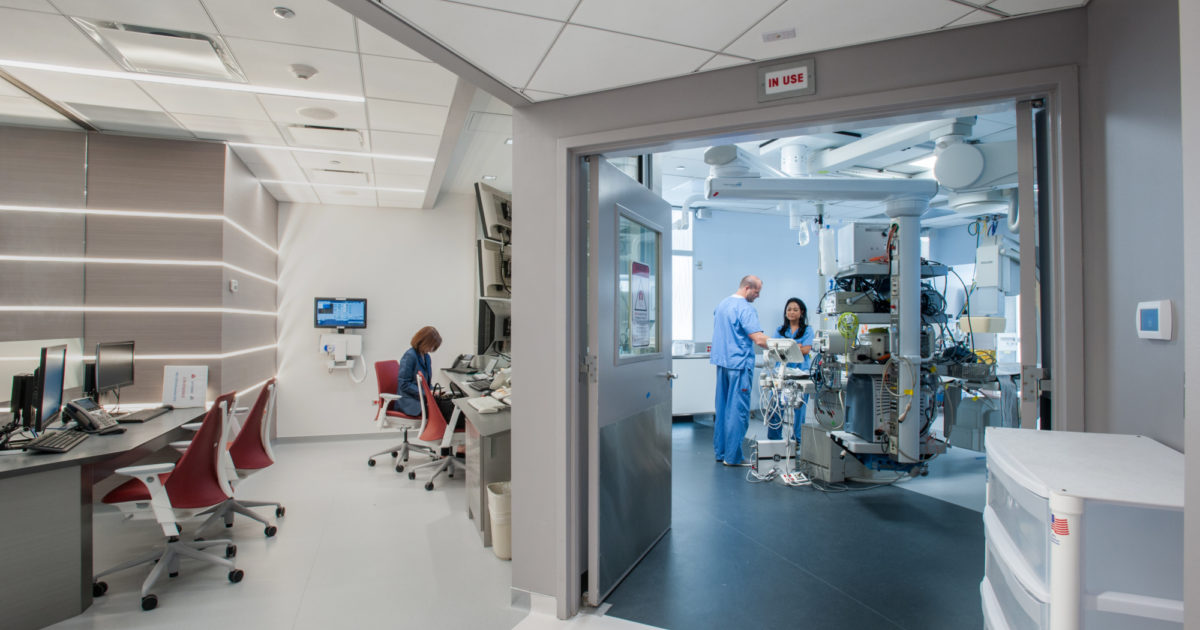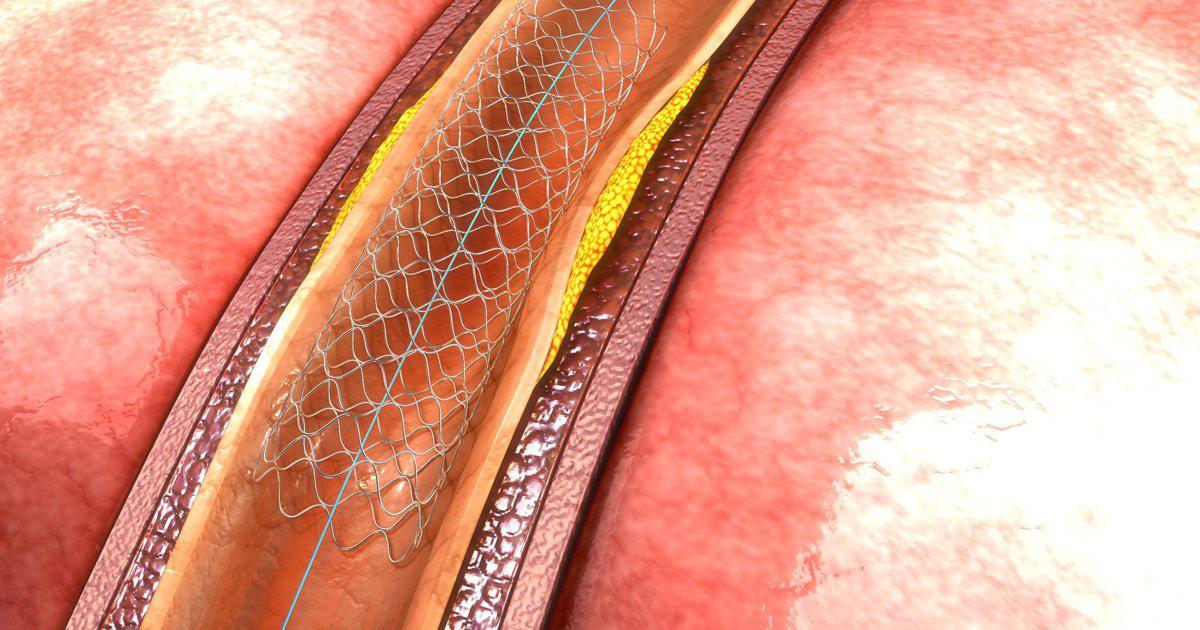How To Treat Intermittent Claudication
Intermittent claudication is characterized by pain in the blood vessels of the arms and legs. It happens when there is not enough blood flowing through. This condition is most noticeable during exercise, but as the condition progresses, it may start to occur while the patient is at rest as well. Intermittent claudication is not usually considered a disease; rather, it is a symptom of several diseases, specifically those that restrict blood flow in some way. The good news is intermittent claudication is treatable, and most of the treatment options are in the hands of the patient.
Exercise Regularly

Even though exercising tends to set off claudication pain, it is important for a patient with intermittent claudication to exercise regularly. Exercise helps in the long run because it improves cardiovascular health. This, in turn, leads to better blood flow and less claudication. Someone who is new to exercise should start slowly, such as beginning by walking for thirty minutes a day. Swimming and working out on a stationary bike are some great low-impact exercises as well. Overweight and obese patients should not do high-impact exercises such as running and plyometrics immediately because these activities can put a lot of pressure on their joints. Exercise can seem like torture at first for individuals who are out of shape, but it gets better over time. The key is consistency. Exercise does not have to be intense, but it should be done regularly.
Follow A Healthy Diet

One of the best things a patient can do to treat intermittent claudication is to follow a healthy diet. Obesity, high cholesterol, and high blood pressure, which are all impacted by diet, are all risk factors for intermittent claudication. Patients can lower their cholesterol, and reap other benefits, by avoiding excess saturated fat and avoiding trans fat entirely. In addition, individuals should make sure to consume plenty of whole grains. Including sources of healthy fats such as avocados and olive oil in the diet is a good way to improve the ratio of high-density to low-density lipoprotein cholesterol in the blood. Patients with high blood pressure should pay close attention to their sodium intake and try not to exceed 2300 milligrams per day. They can do so by avoiding frozen meals and fast food, which tend to have excessive sodium. In addition, they can try to consume foods with high potassium content to balance out the sodium. Some high-potassium options are leafy green vegetables, bananas, and coconut water.
Shed Excess Weight

Overweight individuals who suffer from intermittent claudication can shed excess weight to improve their symptoms. Getting to a healthy weight is simple in theory, but not necessarily easy in practice. Weight loss is mostly achieved through diet, with exercise included. Some individuals choose to count calories, and others practice intermittent fasting or follow the ketogenic diet (or both). Personal preferences vary, but the best diet for any individual is the one they can stick to. Going on an extremely restrictive diet is a recipe for failure. For example, eating very few calories daily leads most individuals to quit their diets and binge, leading to weight gain instead of the intended weight loss. Losing one pound per week is a good goal. Exercise can help individuals lose weight, but it is important not to eat extra calories to the point where those burned through exercise are negated.
Control Related Health Conditions

It is important to control related health conditions when dealing with intermittent claudication. Some health conditions associated with intermittent claudication are peripheral artery disease and atherosclerosis. Peripheral artery disease is an illness of the cardiovascular system involving the narrowing of the arteries. Atherosclerosis is another cardiovascular illness; it involves the buildup of plaque in the arteries, which causes blockages. Atherosclerosis, like peripheral artery disease, can be caused by smoking, as well as by high blood pressure and high cholesterol. One of the most direct ways to prevent or reverse both of these conditions is to quit smoking. Staying at a healthy weight, eating a healthy diet, and exercising regularly are also important. It is important to get these conditions under control because they not only cause intermittent claudication but also increase the individual's risk of a heart attack and stroke.
Angioplasty

Angioplasty is a medical procedure involving the insertion of a catheter into an artery. In this procedure, a tube is pushed up the artery, a dye is injected, and x-rays are taken. This procedure allows a doctor to assess where there is narrowing in the patient's arteries. The doctor can then fix the narrowed arteries with either balloons or stents. A balloon inflates to get rid of plaque buildup inside the artery, making room for blood to flow freely through the artery. The other option is a stent, which is a metal tube that holds the artery open so blood can flow through. Angioplasty is an unpleasant procedure and is usually used as a last resort for treating intermittent claudication. It is ideal for the patient to get their condition under control through other methods, such as diet, exercise, and weight loss, before the claudication gets bad enough to require medical intervention.
